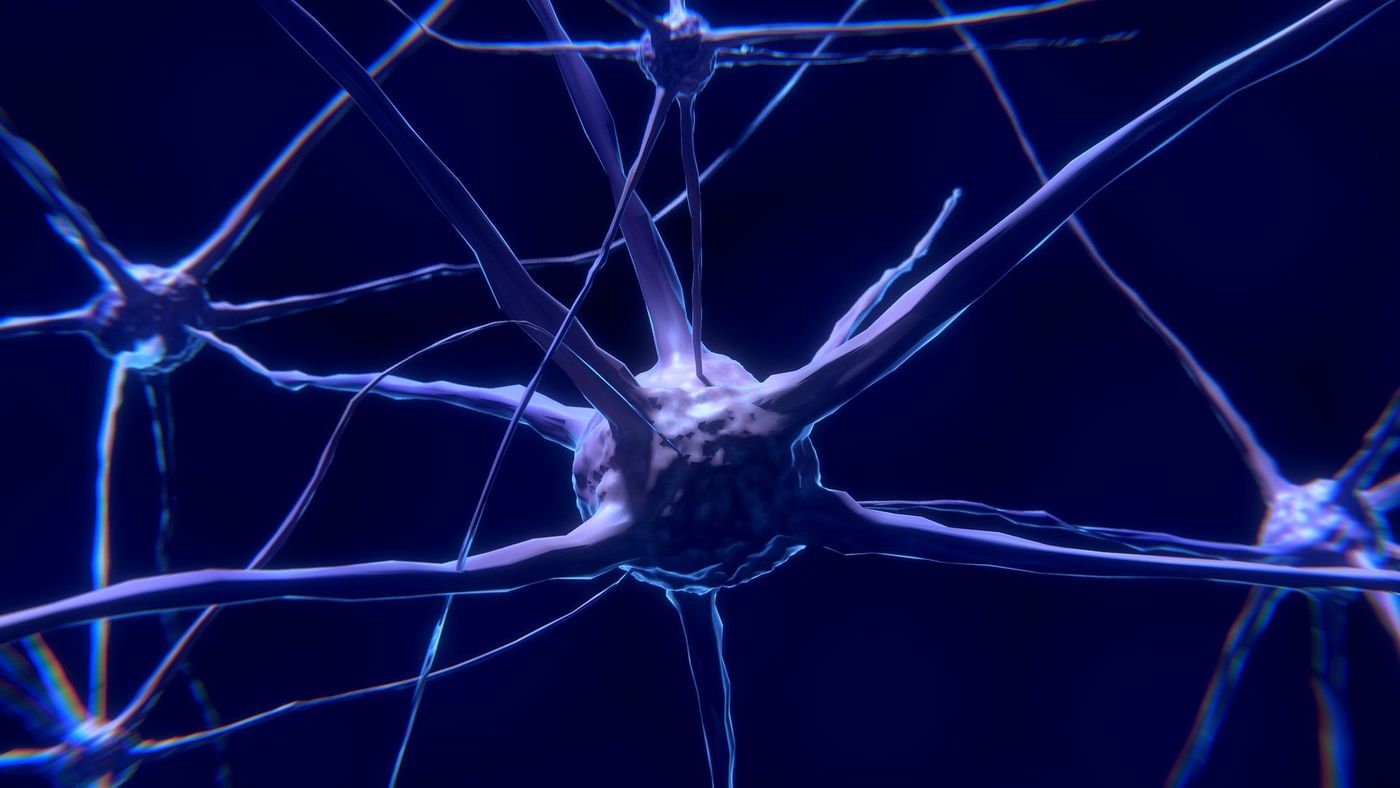Classifying Biomarkers for Neuropsychiatric Lupus
Lupus is an autoimmune disease characterized by one’s immune system targeting and harming itself, and it can impact several tissues and organs, including the joints, skin, kidneys, brain, heart, lungs, and blood vessels. Lupus is associated with widespread inflammation around the affected tissues leading to severe damage.
According to the CDC, systemic lupus erythematosus (SLE) is the most common and serious type of lupus. Patients with SLE experience symptoms including fatigue, rash, fever, and joint pain. While some patients experience infrequent flares of SLE symptoms, others exhibit symptoms more often. There is no cure for SLE, but clinical management and lifestyle interventions can control symptoms.
When SLE impacts tissues related to the nervous system such as the brain, spinal cord, or nerves, it is classified as neuropsychiatric SLE (NPSLE). About half of SLE patients have NPSLE, associated with neurology-related issues, including headaches, seizures, depression, and demyelination (damage to the protective tissue covering nerves). There are no definitive biomarkers to identify NPSLE. To address this limitation, a team of researchers examined the cerebrospinal fluid (CSF), the liquid around the brain and spinal cord, from NPSLE patients. They recently published their findings in Arthritis & Rheumatology.
After screening for over 1,000 proteins from NPSLE patients, the researchers identified four potential biomarkers, Lipocalin-2, M-CSF, IgM, and complement C3, which appeared in a large percentage of patients with NPSLE. Notably, the study obtained CSF samples from two diverse cohorts of patients. The “Halifax” cohort included 24 predominantly Caucasian female patients and the 17 patients in the “Hong Kong” cohort were Chinese females. The researchers also collected samples from patients without NPSLE at both locations. Patients from the “Control” group were diagnosed with other neuroinflammatory diseases such as multiple sclerosis, Parkinson’s disease, and fibromyalgia or were being evaluated for NPSLE-associated symptoms like dizziness or seizures.
The authors acknowledged limitations to this study, including the small sample size. Indeed, a large-scale study examining the biomarkers identified here could validate the potential of developing a diagnostic strategy. An accurate and efficient method for identifying and diagnosing NPSLE would significantly improve clinical management of the disease.
Sources: Arth Rheum, Neurology









